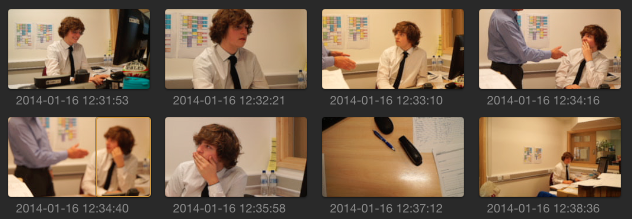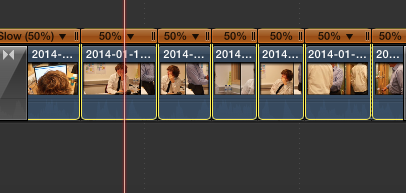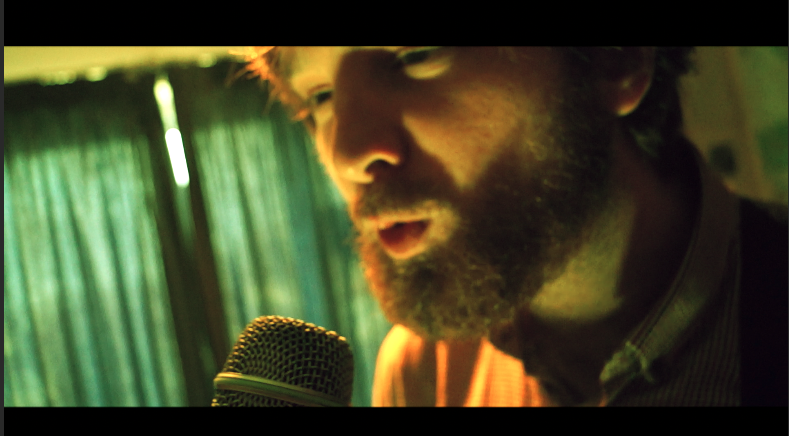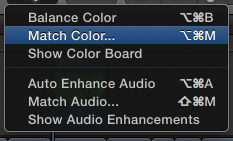My research into Digipaks has proven a few things to me about my own Digipak and how I would design one if I had to for retail and consumer purpose. First of all I think that the average Digipak works best with only six panels to it and this is because this is the most sufficient number of panels that would work well to incorporate the CD as well as a visually-stimulating feeling, but without giving too much to look at. With some Digipaks eight panels or more may work a lot better and this is primarily because of the band itself and its probable popular background which means that consumers would be a lot more interested in reading big booklets, more information etc. and this is very evident in the Iron Man 2 soundtrack Digipak that featured ACDC songs and information about the band and the movie. Therefore collaborating these ideas my six panels most significant and impacting factor for production is their look and feel, as this is what'll entice consumers into buying the product.
Ideas
The main idea for my Digipak was to create something that truly encompassed the emotions that we tried to within the music video and I also wanted to link all the panels with each other some way. So in order to do this I have produced a list of ideas and heres my top four:
My first and still favourite idea is one of a cartoon journey. Much alike to my actual music video I want to portray a 2D world on the panels where a man is making his way through different world onto new, prosperous beginnings. The pictures will be hand-drawn and they will be silhouettes on a white background.
 Most of my ideas circle around research into other indie albums and their ambiguous creativeness through drawings and filmic still images. This is why my second idea is based around my own drawings of some of the elements of the dream world e.g. horse, dragon and the main character. I love the idea of mixing computer animation with real-life drawings and this is something that has also worked well in the past so I will most probably be using the same concept for this idea.
Most of my ideas circle around research into other indie albums and their ambiguous creativeness through drawings and filmic still images. This is why my second idea is based around my own drawings of some of the elements of the dream world e.g. horse, dragon and the main character. I love the idea of mixing computer animation with real-life drawings and this is something that has also worked well in the past so I will most probably be using the same concept for this idea.Still images are a lot easier to edit than that of a moving image, which allows me to be much more free and imaginative. Of course I will look into photo editing software and other image creation software to help me with the idea as I want to be as creative as possible, but this Digipak is going to most definitely be layered up a lot similar to the music video. The kaleidoscope on FCP gives a very cool effect on almost any image that is comes in to contact with and I want to use this as a background in some way. I then want to take some pictures from the music videos and edit them together with some fantasy animals from the dream world to make up the Digipak.
My last idea was to have a Digipak that included an actual picture of the character at the desk as the front of the album but then with a background similar to the one in the dream world part of the music video. This wasn't such a strong idea as I don't feel from experience that working with a green screen to produce images works to a point where your expectation was but mostly the fact that I felt it was hard to expand on this idea to the other panels.





























